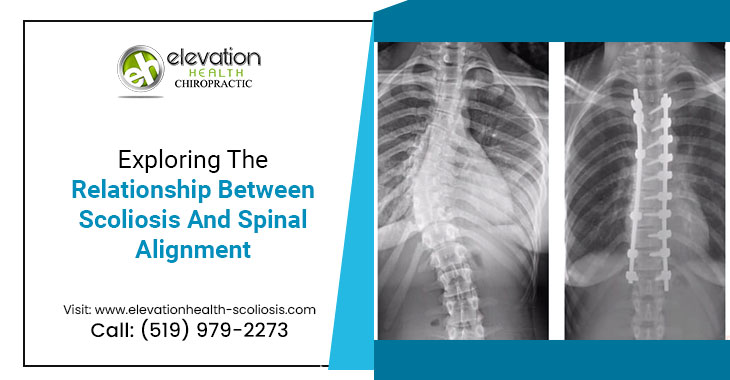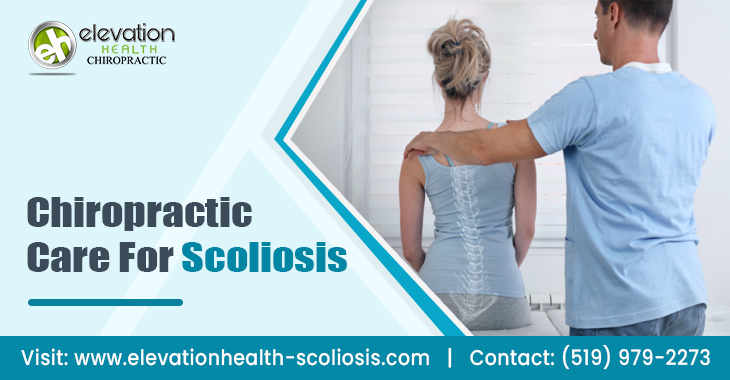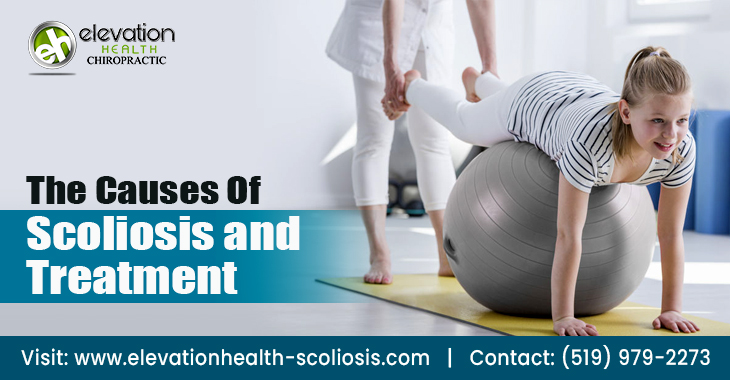
An abnormal sideways curving of the spine is a defining feature of scoliosis. It frequently results in alterations to spinal alignment, which impact the body’s general posture and alignment. Chiropractic Care fixes your scoliosis issues. Contact Dr Brian Nantais from Nantais Family Chiropractic at Elevation Health if you want effective Chiro care.
Let’s look at the relationship between scoliosis and spinal alignment:-
Scoliosis results in the spine’s sideways or lateral, curvature. When viewed from the back, the spine could not seem straight but rather have a pronounced curve that resembles an “S” or “C” form. The spinal column’s normal alignment is interfered with by this curve.
Scoliosis results in an uneven alignment of the vertebrae. The spine can be out of alignment at different levels, which can cause some parts to rotate or tilt and give the body an asymmetrical look. The unequal weight and pressure distribution may also impact the general alignment of the spine on it.
The spine’s curvature can impact the position and alignment of the rib cage. One side of the body’s ribs may protrude or seem more prominent than the other in scoliosis. It may result in uneven weight and pressure distribution on the torso, affecting posture and general body alignment.
Chiropractic Care can offer you relief from scoliosis pain and symptoms. But to get effective results, you must contact any Best Chiropractor Near Me, like Dr Brian Nantais from Nantais Family Chiropractic at Elevation Health.
The pelvis may tilt or rotate due to the spine’s curvature. This pelvic misalignment may result in a discernible difference in hip level, giving the waistline an uneven appearance. The lower extremities may also be affected by pelvic misalignment, resulting in aberrant gaits or leg length imbalances.
The muscles and soft tissues surrounding the spine can also be affected by scoliosis. Some muscles may become overworked or strained as the spine deviates from its natural alignment, while others may weaken or atrophy due to decreased use. These muscular imbalances may influence postural adjustments and the body’s general alignment.
Due to spinal curvature, the body may use compensatory mechanisms to keep itself balanced. These mechanisms may include modest changes in posture, such as leaning to one side or tilting the head to counteract the consequences of the scoliotic curve. These compensatory techniques, nevertheless, may exacerbate existing spinal alignment problems and have a domino impact on the entire body.
Scoliosis and the related spinal misalignments can have an impact on a variety of daily tasks. As a result of the improper pressure being placed on the spinal discs, nerves, and surrounding tissues may cause discomfort, pain, or restricted mobility. The altered alignment and posture can also affect body mechanics, making some activities more difficult or causing issues with balance and coordination.
Understanding how scoliosis and spinal alignment are related emphasizes the value of early detection and effective therapy techniques. Bracing, physical therapy, and, in extreme situations, surgery are all forms of treatment that try to slow the advancement of spine curvature, correct alignment, and enhance overall function and quality of life. Chiropractic Treatment eliminates scoliosis symptoms. Contact Dr Brian Nantais from Nantais Family Chiropractic at Elevation Health to get effective Chiro Care in Canada.

